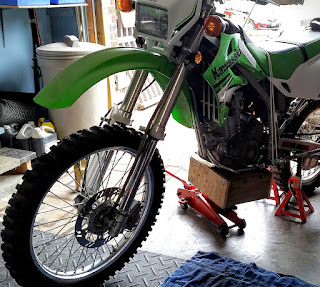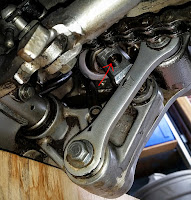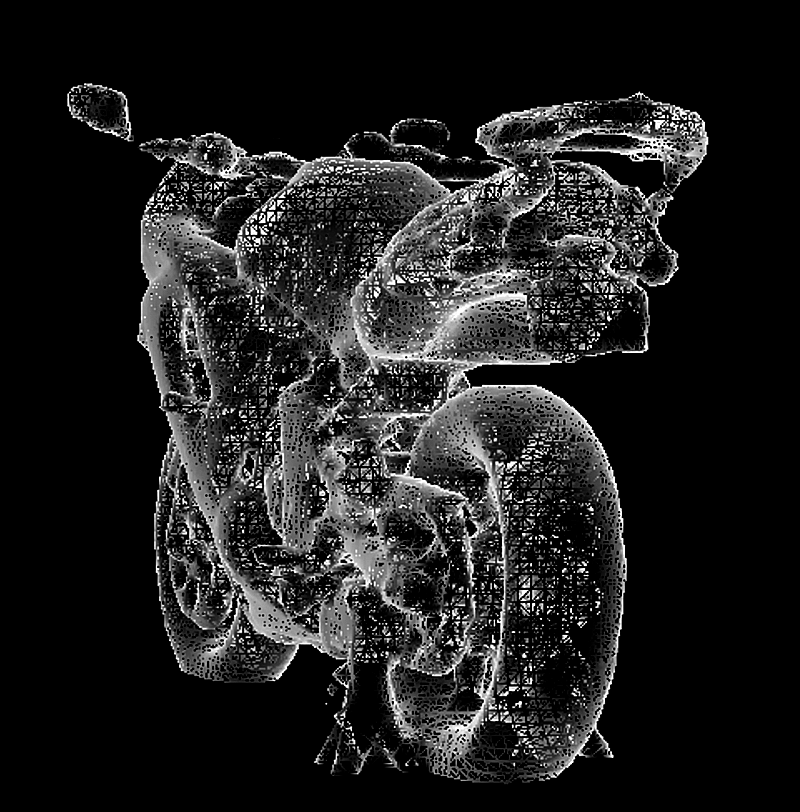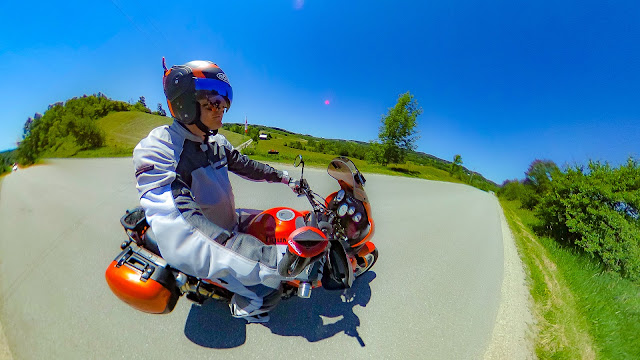 Over the winter we got whacked by a snow plough and the insurance rental ended up being a Jeep Wrangler 4 door. I worked in an automotive shop to pay for university and Jeeps usually involved bringing an umbrella with you because they leaked so much, but this 2019 model has evolved from that poorly made thing. The mileage was better than I thought it would be for a big six cylinder, but I also discovered they come with an even more efficient turbo four that manages mid-20s MPG.
Over the winter we got whacked by a snow plough and the insurance rental ended up being a Jeep Wrangler 4 door. I worked in an automotive shop to pay for university and Jeeps usually involved bringing an umbrella with you because they leaked so much, but this 2019 model has evolved from that poorly made thing. The mileage was better than I thought it would be for a big six cylinder, but I also discovered they come with an even more efficient turbo four that manages mid-20s MPG.
While we had it I stuck it in four wheel drive and went over a mountain of snow in a parking lot that would have beached anything else – and it did it on all season tires! At another point I had to take about 1500lbs of ewaste out of the school I work at and the Jeep swallowed it all with ease and it didn’t even seem to strain the suspension. On one particularly snowy night in an empty parking lot I four wheel drifted it and it felt surprisingly obliging doing something that athletic. I found the size of it also a nice surprise. I have to fold myself into the Mazda we have, but the Jeep felt like it fit.
 Knowing how this thing handles loads, I started looking up bike hauling options with them. MotoTote has a 600 pound trailer hitch mounted motorcycle carrier that the Jeep could easily manage for $569 (I’m assuming that’s USD – so about $780CAD). Also knowing its go anywhere cred and how big it is on the inside, I had images of my son and I taking it camping and off-roading. A trailer with ATV and dirt bike on it would do us well. Parking up in the wilderness and then camping out of the thing seems like a real possibility. The Jeep’s outdoor image means there is a rich aftermarket of related products, even roof mounted tents, though it doesn’t need them. The fold flat rear seats open up a massive back space that two sleeping bags could easily fit in. A back attached tent makes a bit more sense in that case.
Knowing how this thing handles loads, I started looking up bike hauling options with them. MotoTote has a 600 pound trailer hitch mounted motorcycle carrier that the Jeep could easily manage for $569 (I’m assuming that’s USD – so about $780CAD). Also knowing its go anywhere cred and how big it is on the inside, I had images of my son and I taking it camping and off-roading. A trailer with ATV and dirt bike on it would do us well. Parking up in the wilderness and then camping out of the thing seems like a real possibility. The Jeep’s outdoor image means there is a rich aftermarket of related products, even roof mounted tents, though it doesn’t need them. The fold flat rear seats open up a massive back space that two sleeping bags could easily fit in. A back attached tent makes a bit more sense in that case.It’s a cool thing that could make the long wished for trip south in the winter a possibility.
from Blogger https://ift.tt/3dPMc6t
via IFTTT


































